Using stimuli-responsive hydrogels with regularly arranged colloidal particles, researchers create color-changing microrobots that can freely explore and gather information.
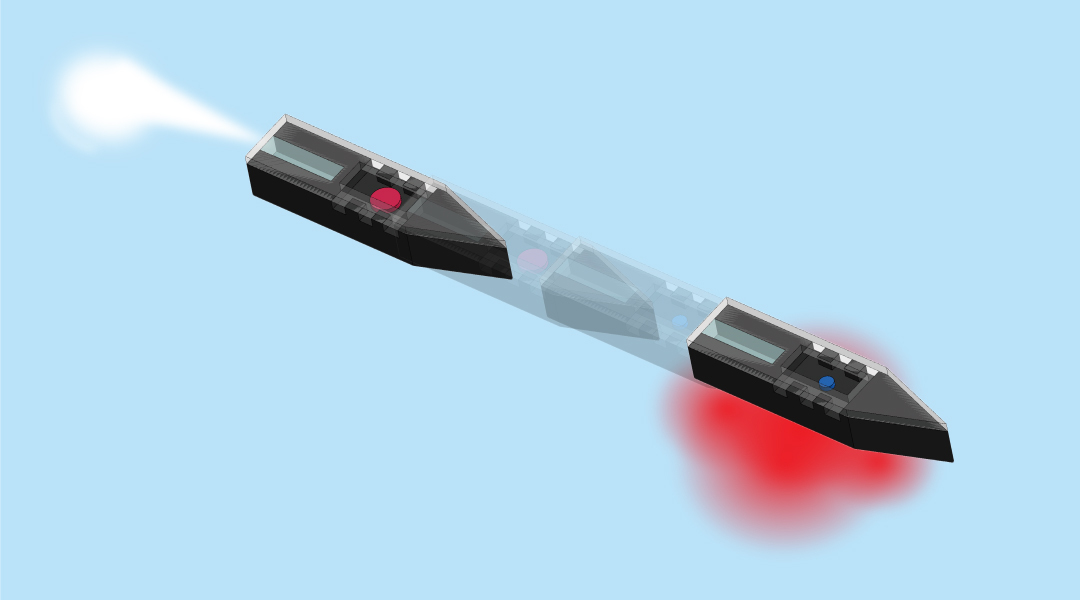

Using stimuli-responsive hydrogels with regularly arranged colloidal particles, researchers create color-changing microrobots that can freely explore and gather information.
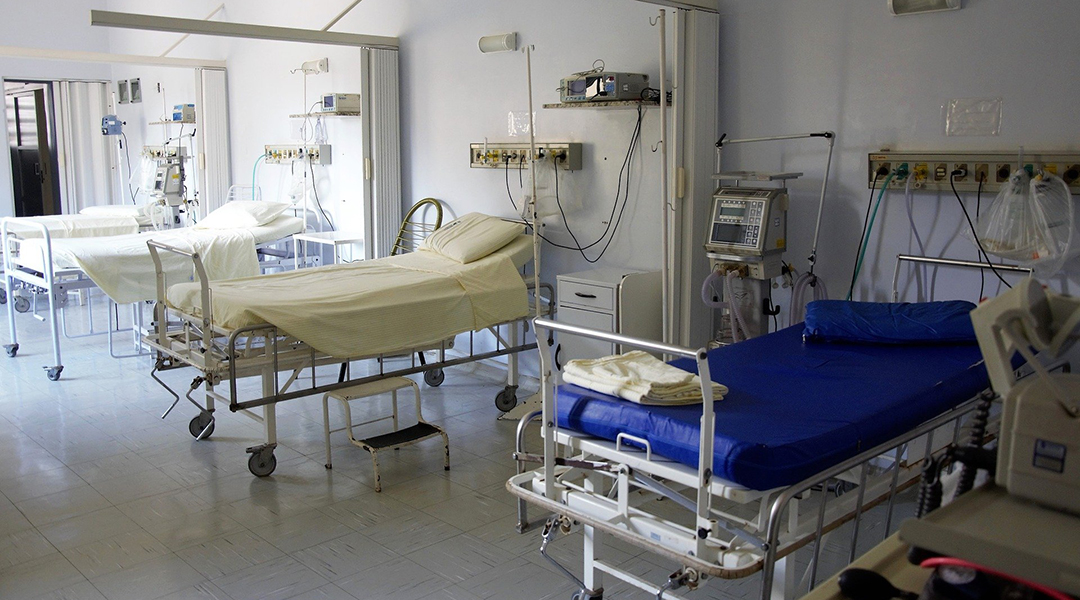
A non-invasive means of monitoring intra-abdominal pressure using a wireless radar system could save lives in the ICU.
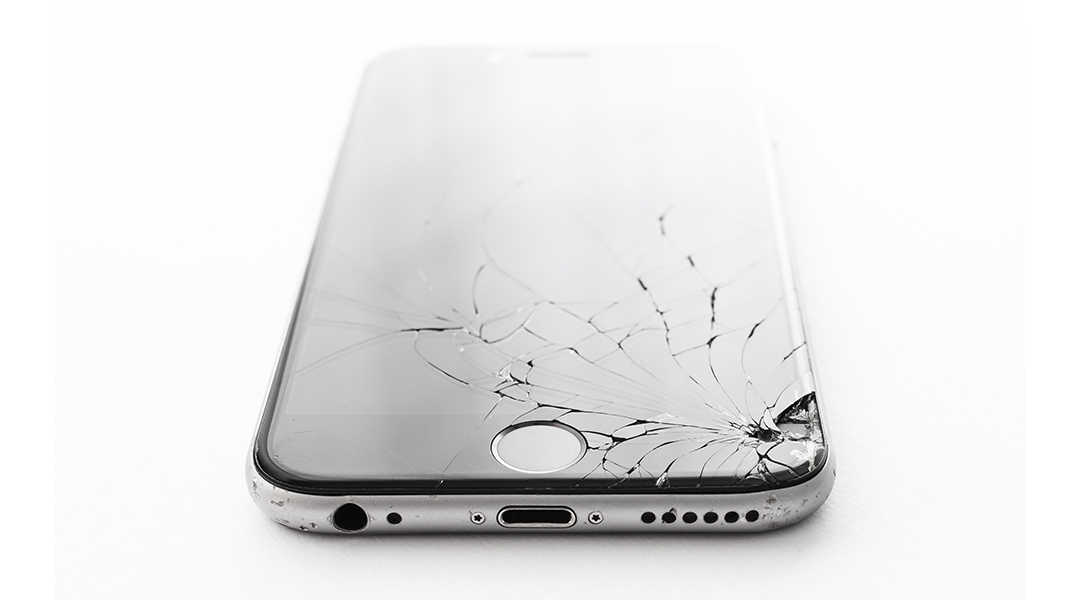
Through a happy accident, researchers have identified a new self-repairing electronic material that could make sci-fi dreams a reality.
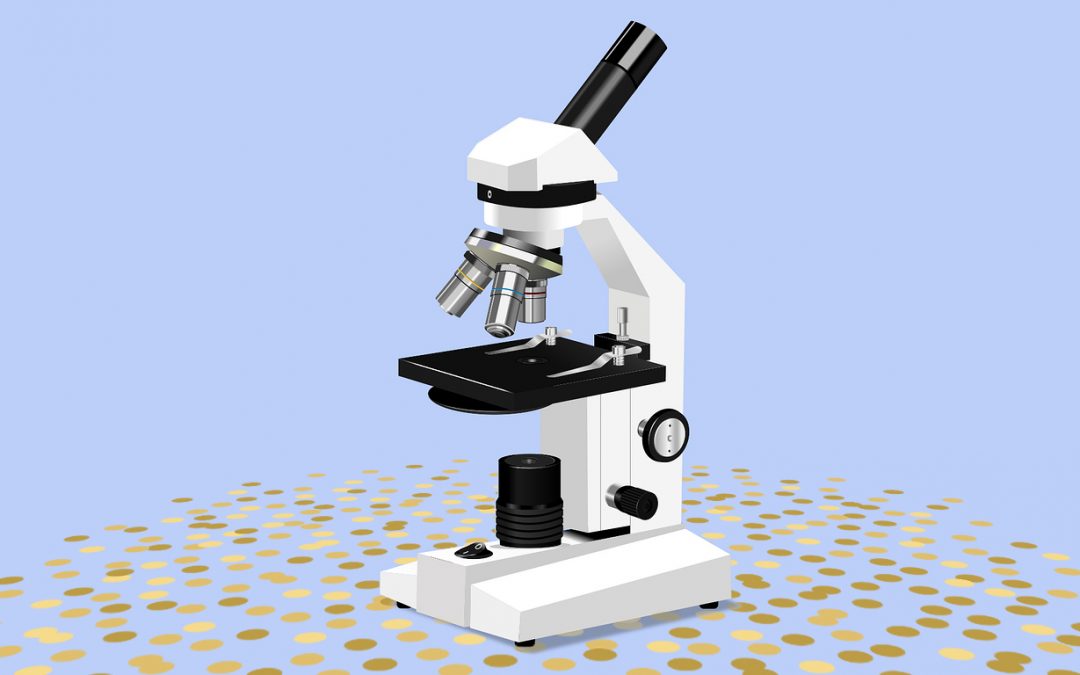
Catch up on some of the most exciting and impactful developments in science from this year, published on ASN and selected by our editors.
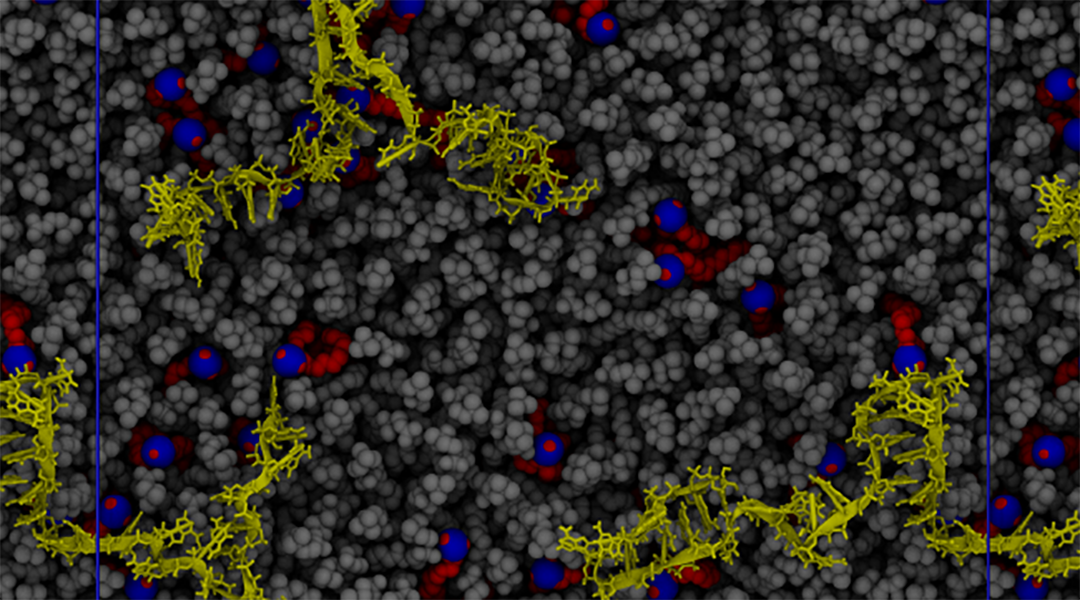
Molecular dynamics offer ways to improve lipid-based therapeutic delivery systems.
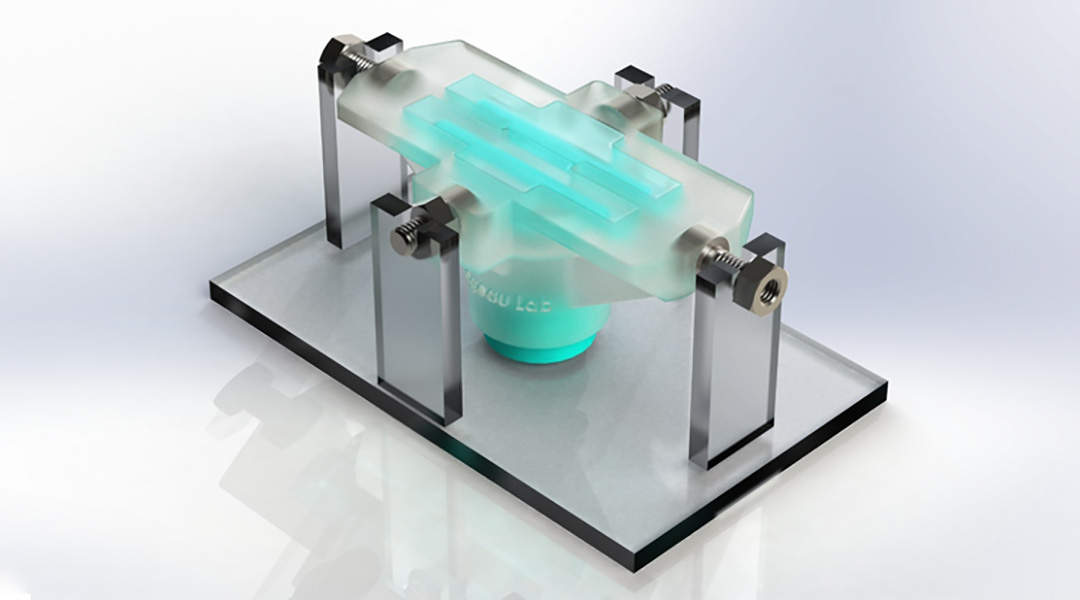
A new hydrogel supports living cells and can withstand dynamic environments to help repair tissue in the heart, muscles, and vocal cords.
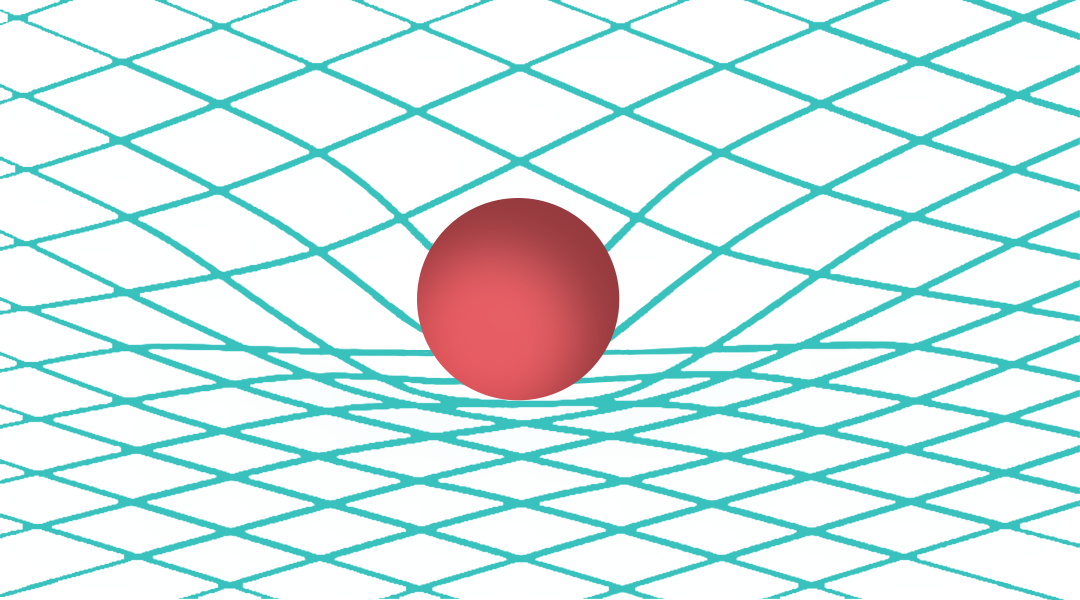
Regions of spacetime where gravity is so strong that nothing, not even light, can escape!
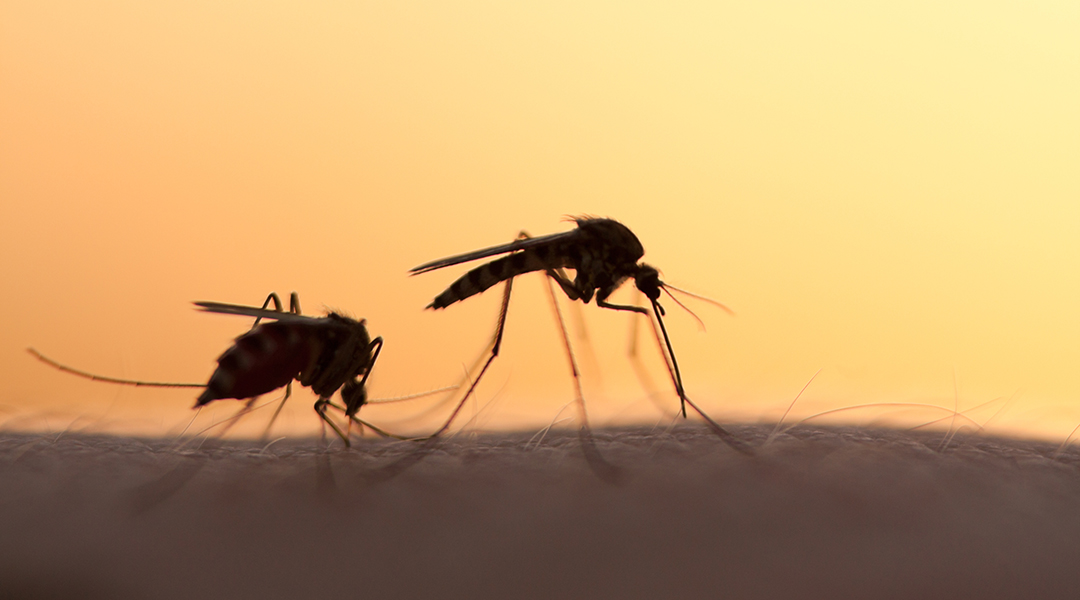
Antibody therapies and new vaccines have been added to the arsenal, giving hope to the millions who live where malaria is endemic.
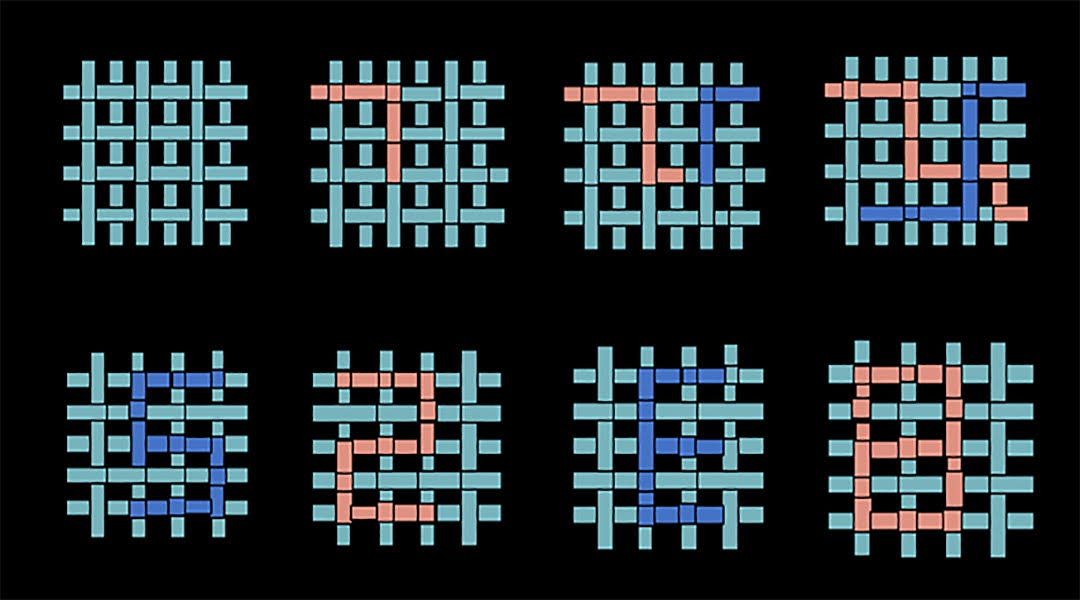
Artificial spider silk could be a smart and responsive alternative to traditional wound dressings, helping patients and medical staff to monitor recovery in real time.
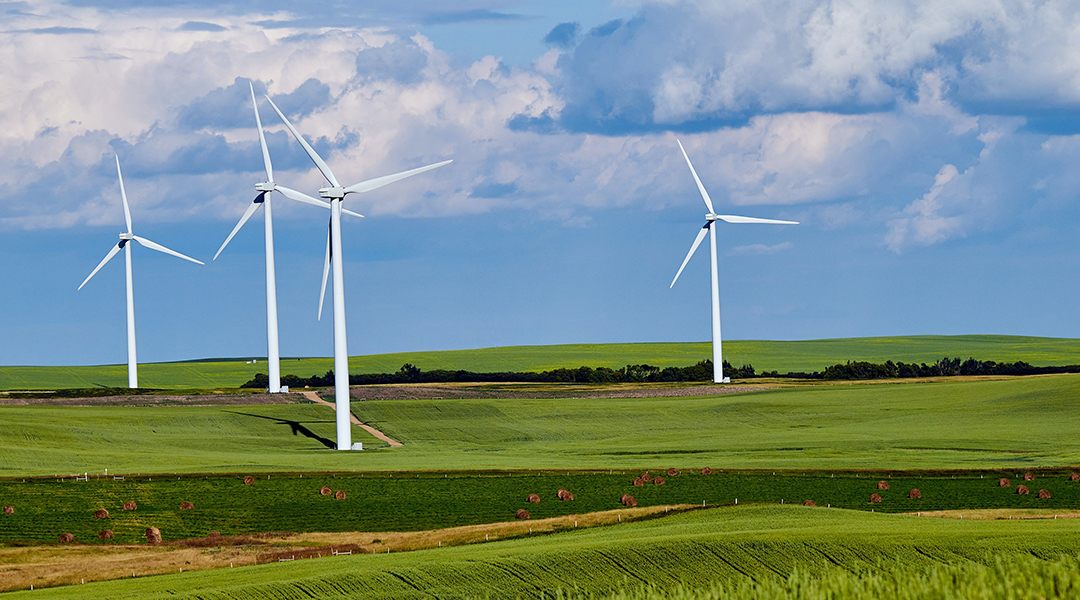
With questions centered around cost and how long the transition will take, how do we convince people that the transition to renewables will be worth it?